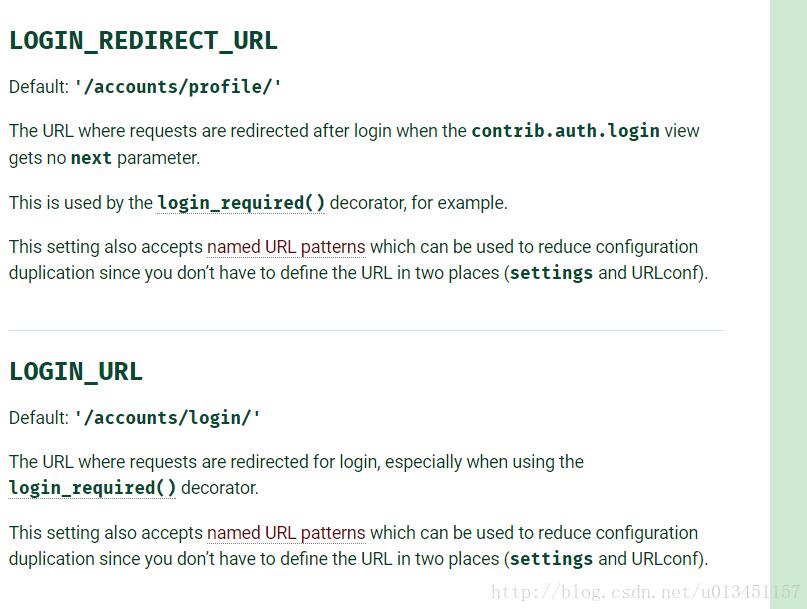首先创建Profile应用
python manage.py startapp profiles
profiles/models.py
# -*- coding: utf-8 -*-
from django.db import models
from django.contrib.auth.models import User
from django.db.models.signals import post_save
class UserProfile(models.Model):
user = models.OneToOneField(User)
nickname = models.CharField(max_length=16, default='', blank=True)
sex = models.IntegerField(default=0)
phone = models.CharField(max_length=16, default='', blank=True)
def __str__(self):
return self.nickname
def __unicode__(self):
return self.nickname
def create_user_profile(sender, instance, created, **kwargs):
if created:
profile = UserProfile()
profile.user = instance
profile.save()
post_save.connect(create_user_profile, sender=User)
profiles/admin.py
# -*- coding: utf-8 -*- from django.contrib import admin from django.contrib.auth.models import User from django.contrib.auth.admin import UserAdmin from .models import UserProfile class ProfileInline(admin.StackedInline): model = UserProfile max_num = 1 can_delete = False class UserProfileAdmin(UserAdmin): inlines = [ProfileInline, ] admin.site.unregister(User) admin.site.register(User, UserProfileAdmin)
settings.py
添加
AUTH_PROFILE_MODULE = 'profiles.UserProfile'
测试
$ python manage.py syncdb $ python manage.py shell >>> from django.contrib.auth.models import User >>> user = User() >>> user.username='testuser' >>> user.save() >>> User.objects.all()[0].userprofile
补充知识:django中登录到accounts/profile/的解决方案

在project的setting里加一句话就Okay!
LOGIN_REDIRECT_URL = '/index'
以上这篇Django使用Profile扩展User模块方式就是小编分享给大家的全部内容了,希望能给大家一个参考,也希望大家多多支持自学编程网。

- 本文固定链接: https://zxbcw.cn/post/186484/
- 转载请注明:必须在正文中标注并保留原文链接
- QQ群: PHP高手阵营官方总群(344148542)
- QQ群: Yii2.0开发(304864863)
